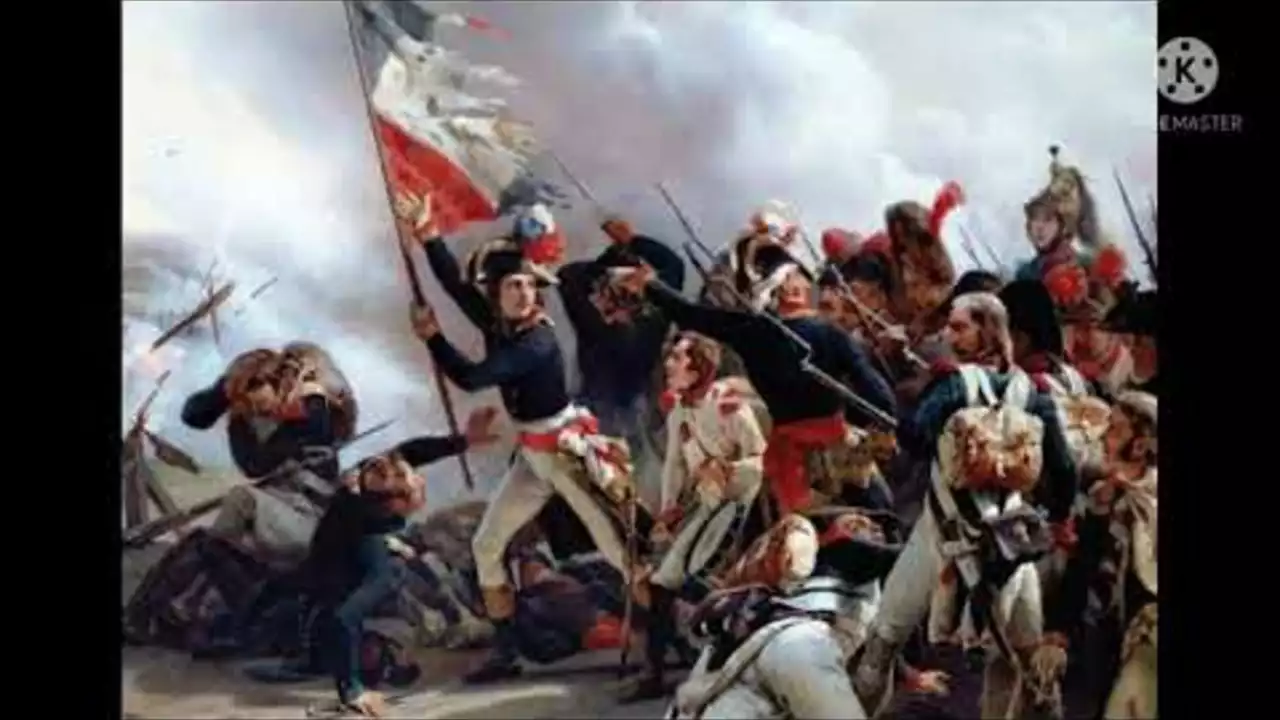Rulers of France: A Quick Guide to the Country’s Monarchs
France has had more than a thousand years of kings, queens, and emperors. If you’ve ever wondered who ruled the land, why they mattered, or how their decisions still echo today, you’re in the right spot. This page gives you a fast, practical rundown of the most important French rulers, organized by era and impact.
Early Kingdoms to the Capetian Dynasty
The first recognizable French ruler is often called Clovis I, the Frankish king who united most of Gaul in the late 5th century. He converted to Christianity, which helped solidify his power and set a precedent for future monarchs. After Clovis, the Merovingian and Carolingian dynasties took the throne. Charlemagne, crowned Holy Roman Emperor in 800 AD, expanded the realm and created a cultural boom that still influences Europe.
The Capetian dynasty began with Hugh Capet in 987. His family ruled for over 800 years, handing down the crown from father to son with few interruptions. This stability let France grow stronger, militarily and economically. Notable Capetians include Louis IX (Saint Louis), who led crusades and reformed law, and Philip IV, who clashed with the Pope and started the Avignon Papacy.
The Valois, Bourbons, and the End of Monarchy
The Valois line took over in the 14th century after the Capetians ran out of male heirs. Charles VII helped pull France out of the Hundred Years’ War, while Francis I sparked the Renaissance with patronage of artists like Leonardo da Vinci.
The Bourbon dynasty, beginning with Henry IV in 1589, brought both glory and trouble. Louis XIV, the “Sun King,” built Versailles and ruled for 72 years, turning France into a European superpower. His grandson, Louis XVI, faced a financial crisis that exploded into the French Revolution in 1789, ending the monarchy for a while.
Napoleon Bonaparte declared himself Emperor in 1804, ending the short-lived First Republic. Though not a traditional king, his legal reforms (the Napoleonic Code) still affect French law. After his defeat, the Bourbon Restoration tried to bring back the old order, but the July Revolution of 1830 and the 1848 revolution kept shaking the throne.
The last official monarch was Louis‑Philippe, who ruled as “King of the French” from 1830 to 1848. After his abdication, France became a republic for good, though the idea of monarchy still pops up in movies and novels.
Knowing these rulers helps you understand why France looks the way it does today—its architecture, language, and even its love of food trace back to decisions made centuries ago. Whether you’re reading about the lavish courts of Versailles or the gritty battles of the Hundred Years’ War, each ruler adds a piece to the puzzle of French identity.
Got a favorite French king or queen? Share what you think makes them stand out. The story of France’s rulers is still being written, one curiosity at a time.
